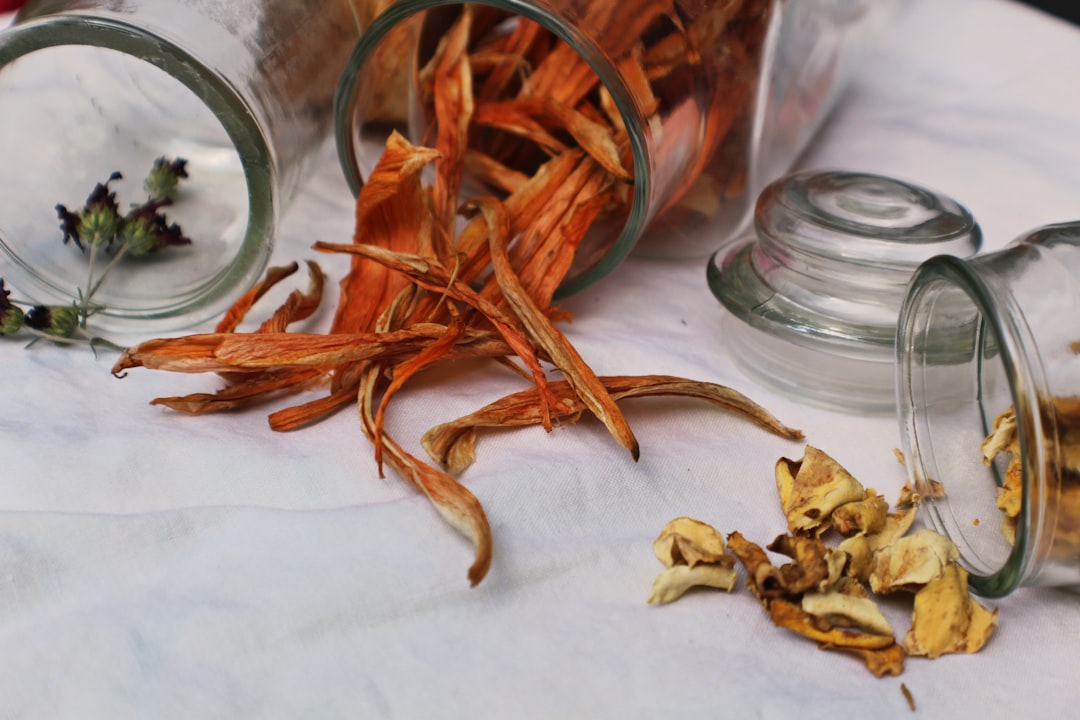What is it about?
The information obtained from this study could also facilitate scheme of effective delivery system for the encapsulation, protection, and release of bioactive flavonoids (quercetin) that have potential to improve human health or increase the bioavailability of pharmaceutical or food products. These nanoparticulate delivery systems used for development of bioactive compounds in food and pharmaceutical industry in the near future.
Featured Image
Why is it important?
Quercetin loaded nano-formulations could promote the control release, and improves the physical stability of quercetin. In conclusion, polymeric nanoparticles could be a promising carrier for oral delivery of quercetin.
Perspectives
utility of quercetin has been limited due to poor aqueous solubility, low oral bioavailability and short biological half-life. These factors limit the pharmacological activity and prospective health aids of this flavonoid in pharmaceutical products (Borghetti et al., 2009). Recently, various nanocarriers have been developed for improving the solubility, bioavailability and control release of various bioactive compounds In this study, we have entrapped quercetin in poly (ϵ^.caprolactone; PCL) nanoparticles by nano-precipitation method. PCL is a biodegradable polymer shows high permeability to many therapeutic drugs and lack of toxicity is well suited for controlled drug delivery applications. The process and formulation variables were optimized using response surface methodology (RSM) with a full factorial design to find out the most suitable components ratio for the optimized formulation.
Mr Dinesh Kumar
Birla Institute of Technology
Read the Original
This page is a summary of: Development and evaluation of biodegradable polymeric nanoparticles for the effective delivery of quercetin using a quality by design approach, LWT, May 2015, Elsevier,
DOI: 10.1016/j.lwt.2014.12.020.
You can read the full text:
Resources
Contributors
The following have contributed to this page










